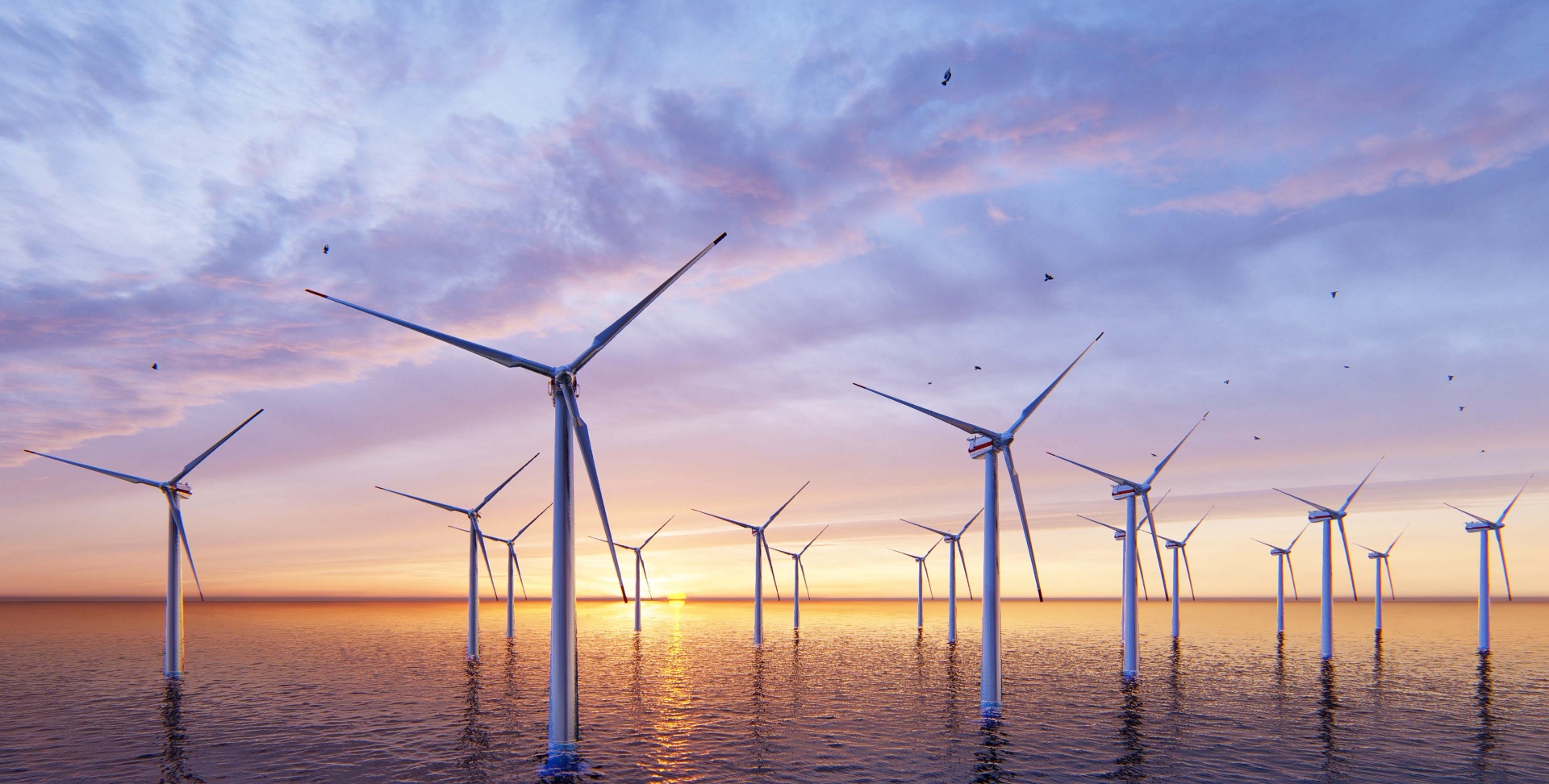Operating a yacht is not only a pleasure but also a responsibility. Every sailor, regardless of experience, should be aware of the risks associated with sailing. Proper yacht insurance is key to ensuring peace of mind and financial protection in the event of unforeseen circumstances.
Types of yacht insurance
There are many types of insurance available for sailors. Let’s review the basic products:
- liability insurance (OC) – covers damage caused to third parties during a yacht voyage. This insurance protects the yacht owner from claims made by third parties,
- casco insurance – covers material damages to the yacht, such as damage to the hull, equipment, or other elements of the vessel. It is particularly important if the yacht is new or valuable. Casco insurance can also cover damages caused by weather conditions, collisions, or acts of vandalism,
- accident insurance (NNW) for crew members – protects the crew from the consequences of accidents that may occur on board. The policy covers medical expenses, rehabilitation, and compensation in the event of permanent injury of death,
- personal belongings insurance – protects items on board of yacht, such as electronic equipment, clothing, or other valuable possessions. This is particularly important for those who frequently carry valuable items on their yachts.
Key element of a good insurance offer
When choosing yacht insurance, we always want to select the best option. The aspects to pay attention to vary depending on the specific product, but there are a few universal elements of a good insurance offer, such as:
- sum insured – the maximum amount that can be claimed from the insurance. It should be adequate to the value of the yacht and potential repair costs. Make sure the sum insured covers the full value the yacht and the costs of possible repairs or replacement.
- navigational area – the geographical scope where the policy is valid. Ensure it covers the areas where you plan to sail, whether in Poland, the European Union, or other waters. It’s important that the geographical scope matches your sailing plans,
- force majeure – the definition of events not covered by the insurance, such as extreme weather conditions or acts of war. The fewer exclusions, the better for the insured. It’s crucial to fully understand which events are excluded from the insurance protection,
- deductible – the policyholder’s contribution to the damage. The lower the deductible, the better for the policyholder. It’s worth checking the amount of the deductible in different scenarios, such as total loss, partial damage, or theft. Often, increasing the premium can remove the deductible entirely.
- reputation of the insurer – it is important that the insurer is reliable and has a good reputation. The speed of response to claims and reliability of contact are key. It’s a good idea to check reviews from other clients and gather information about their experiences with the insurer.
Summary
There are many yacht insurance products on the market. When choosing a specific type of insurance, we should be guided by our needs. Insurance provides real protection in the event of unforeseen incidents – so it’s worth taking the time to choose wisely and consulting with a broker who can select the best product.




